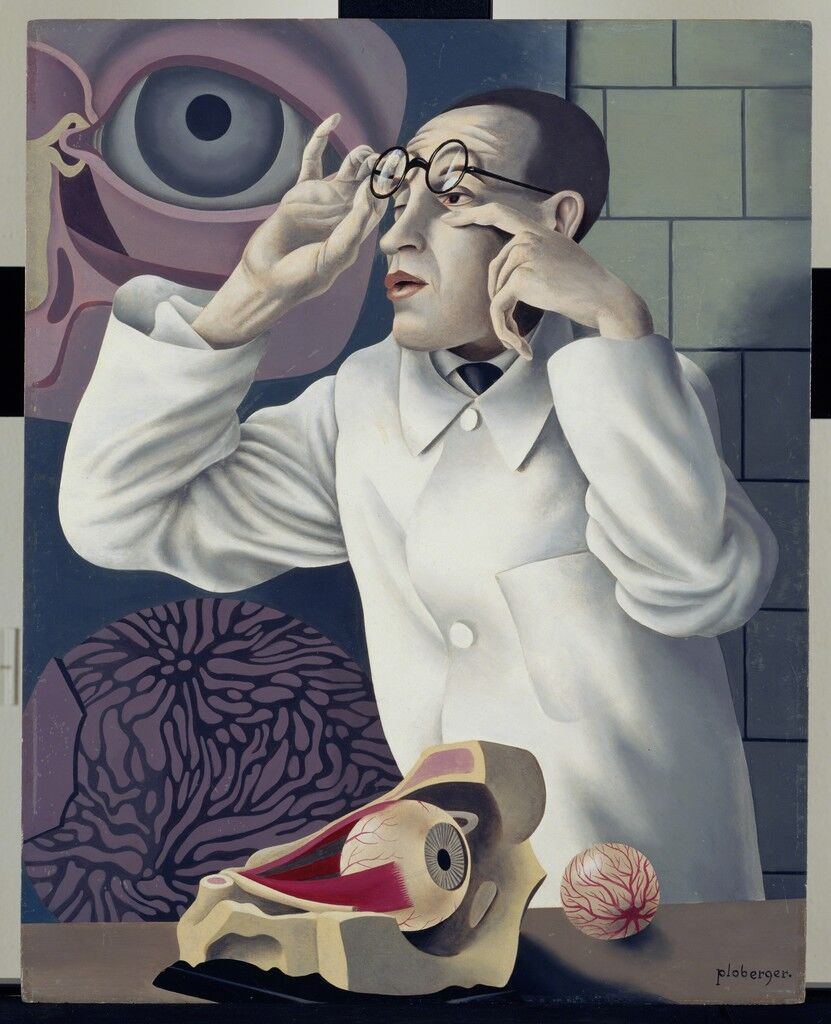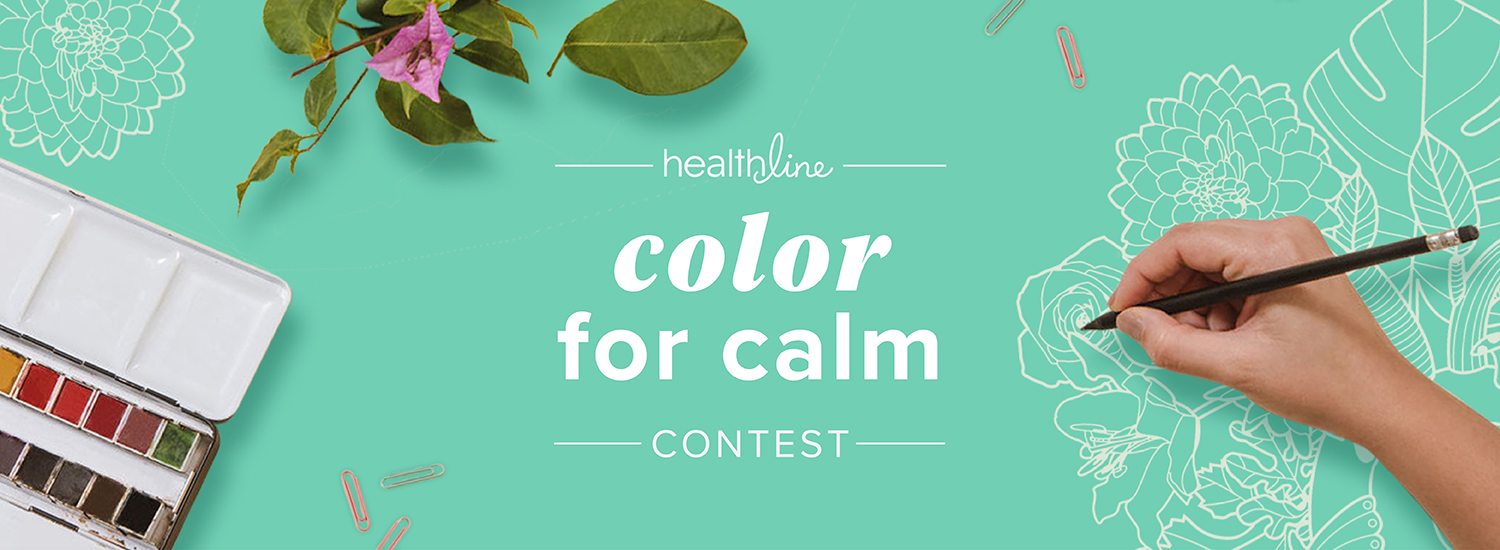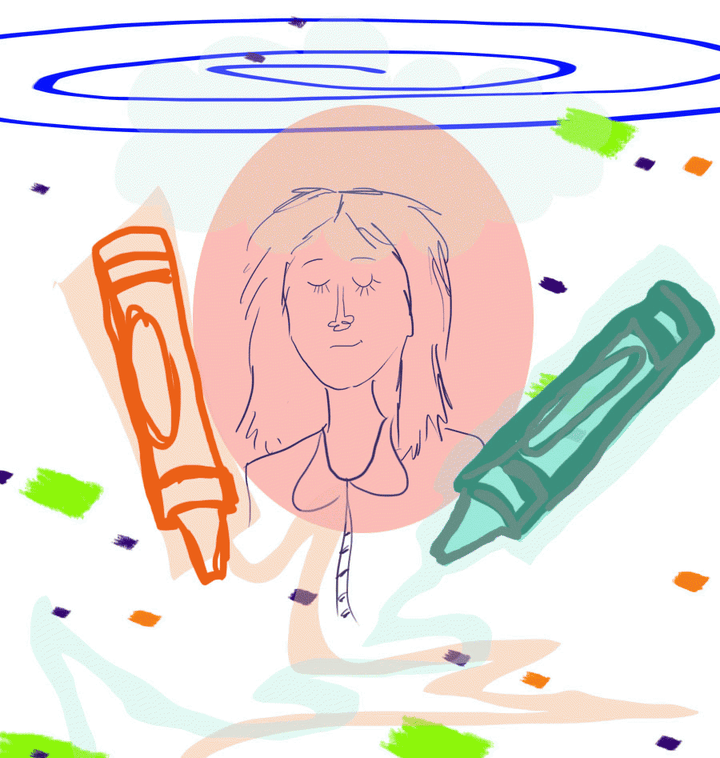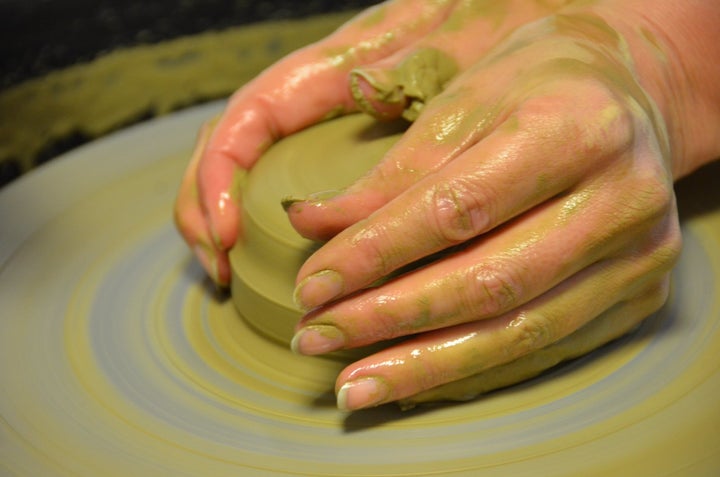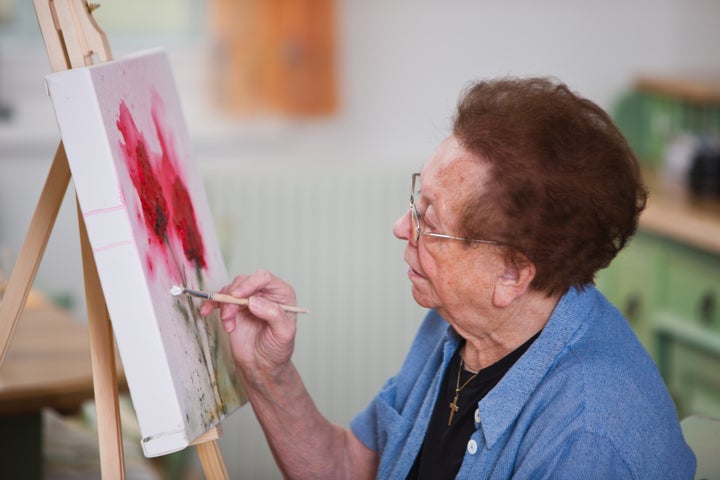For decades, humanities and arts classes have been offered to medical students, in attempts to help them maintain empathy and develop skills necessary to accurately diagnose their future patients. Known as “narrative medicine” courses, they’ve covered topics from comic book–making to modern dance to Impressionist painting. Now, new research shows that looking at artworks can help future doctors hone their observation skills, maintain objectivity, and cope with moments of uncertainty.
The study
Since 2005, New York–based artist Anna Willieme has been designing and teaching art courses for medical students and doctors (she’s also worked with students at NYU School of Medicine and residents at Massachusetts General Hospital). The new study, conducted by Columbia University School of Medicine and Weill Cornell Medical College, focused specifically on Willieme’s annual six-week course “Observation and Uncertainty in Art and Medicine,” and tracked the progress of 47 first-year med students who enrolled in it from 2014 to 2017. At the start and end of the course, students took tests to measure their reflective ability, tolerance for ambiguity, and personal bias awareness.
“I was always fascinated, as an artist, with the ways that art could help me observe more,” Willieme explained.
Inspired by the “cultivation of observation that happens in art,” she’s developed several courses over the years that focus on perceptual skills and present the art museum as a laboratory.
“The goals here were to enhance their observation and self-awareness, and [their] capacity to have a certain sensibility in terms of point of view…[the] capacity to look out, look in, and look around,” Willieme said of her course featured in the study. In it, over the course of six weeks, students convened weekly for two hours at the Metropolitan Museum of Art, where Willieme guided them through a series of exercises that involved looking, sketching, and sharing their thoughts about specific works of art.
Each week had a different theme, such as point of view, emotion, and self-awareness. One exercise for understanding point of view had students sketching Constantin Brâncuși’s abstract sculpture Bird in Space (1923). Every two minutes, they got up and moved to the next person’s sketchbook, then continued.
“First of all, they’re discovering the complexity as they look at the piece a little longer, but as they are leaving their own sketchbooks for the next person to pick up, they also see how someone else has been seeing things,” Willieme explained. One student might have started with the base of the sleek, white piece, while another may have drawn something in the background; a third student might have realized they hadn’t noticed either of those things.
The same concept can be applied to medical scenarios, such as examining a patient’s body or picking up on subtle cues from family members in an exam room.
Exercises like this finished with discussion. “A lot of the teaching happens at that time,” Willieme explained. Students not only spoke about their observations, but also debriefed on why they or their peers might have made a certain observation, or focused on a particular facet of the artwork. “We’re seeing, and then seeing why we’re seeing,” Willieme explained.
Often, students were led to identify their own biases—such as in an exercise where they were asked to look at Giorgio de Chirico’s Ariadne (1913), and then sketch the memories or associations that it triggered. “When we’re seeing something, it’s never neutral, it’s also filled with what we saw previously, our associations our inner world—all of this can come to the surface,” Willieme explained.
What it found
The data that was collected from four years of students taking the course suggested much of what the researchers had hypothesized: Students’ capacities for personal reflection, tolerance for ambiguity, and personal bias awareness had all increased. Most significantly, however, was their improvement in reflection—their ability to understand a situation from different points of view, to empathize with another person’s dilemma, and to acknowledge different ways of thinking.
In course evaluations, students reported that the course helped them to stop, slow down, and be more intentional while seeing; to pick up on details that could easily be missed; and to better articulate descriptions of things that “at first seem indescribable.”
They were more aware outside of class, and put greater thought into the meaning behind visual experiences.
They also reported that they became aware of the benefits of multiple points of view by seeing what their peers noticed in a work of art, and learned how the observations of others could influence their own thoughts. Students wrote that they better understood how emotions, biases, and context could color perception—and in recognizing their own subjective opinions, they came to grips with facing situations of uncertainty. “Med school is a long journey through accepting uncertainty,” wrote one student. “I think this whole year for me has been a long process of being comfortable with being uncomfortable.…This class added to that.”
What it means
This study is an important vote of confidence in art-based classes that medical schools offer, and shows the potential for such courses to help future doctors develop key competencies—“observation, reflection, self-care, and tolerating uncertainty,” according to the study—that could help them practice medicine. Importantly, it shows that students are easily able to translate the visual observation skills of looking at art in a careful, thoughtful way to everyday scenarios.
However, more research is needed to determine the feasibility of implementing such courses into other institutions due to the small number of students involved, as well as the resources and curricular demands it requires. Plus, there are other considerations, like a school’s access to an art museum and a qualified professor like Willieme.
Specifically, the results underline that visual observation—be that looking at an artwork or examining a person—is a skill that can be honed (and shouldn’t be taken for granted), and that looking at art is an opportune exercise for developing this skill.
The researchers acknowledge that while observation is at the heart of medical practice, there are few practical opportunities for teaching it in the typical medical school curriculum.
The researchers noted that the theme of self-care in student evaluations—they wrote that the class was restorative and a “sanctuary”—was also promising, particularly given the high rate of burnout and decrease in empathy that students experience over the course of medical school. Willieme found that link exciting. “My sense has always been in my classes that paying attention to self-awareness is a form of self-care,” she explained, pointing to the honest, vulnerable experience of expressing what you see and feel in front of a work of art. “Being encouraged to be very authentic,” she added, “leads to a form of self-care.”
She also noted the importance of recognizing one’s own emotions while making visual observations. “When it comes to empathy, I think a lot of medicine is about the emotion of the patient, which is natural,” she explained, “but when the physician can also be attentive to their own emotions, it opens up, I think, a greater capacity for empathy.”
Casey Lesser is Artsy’s Creativity Editor.
